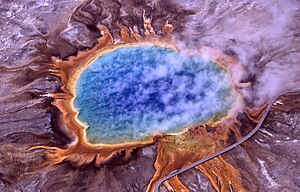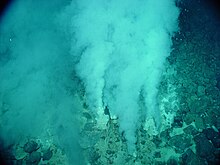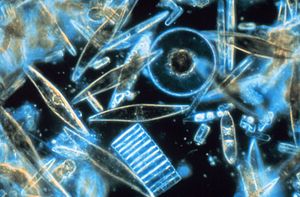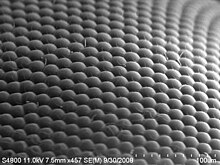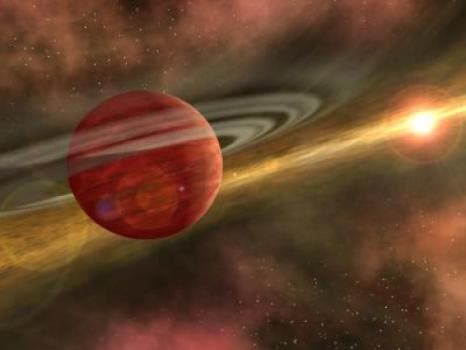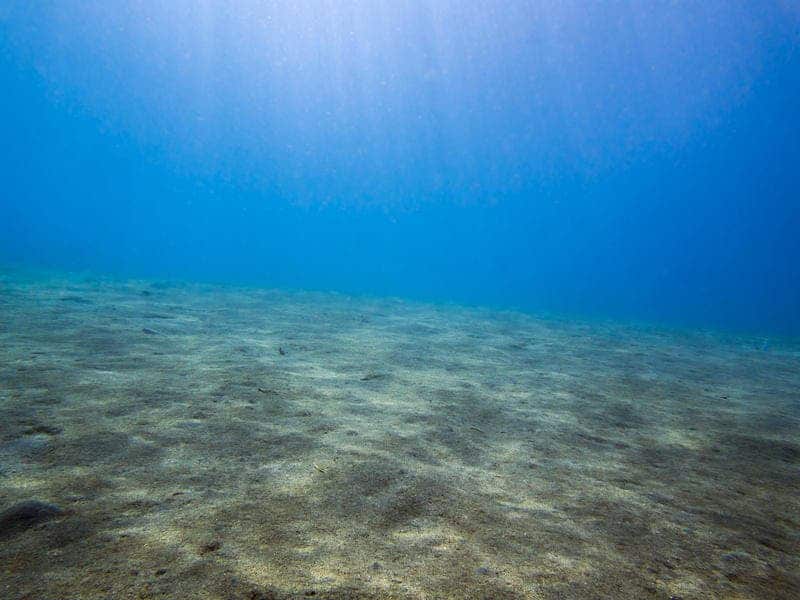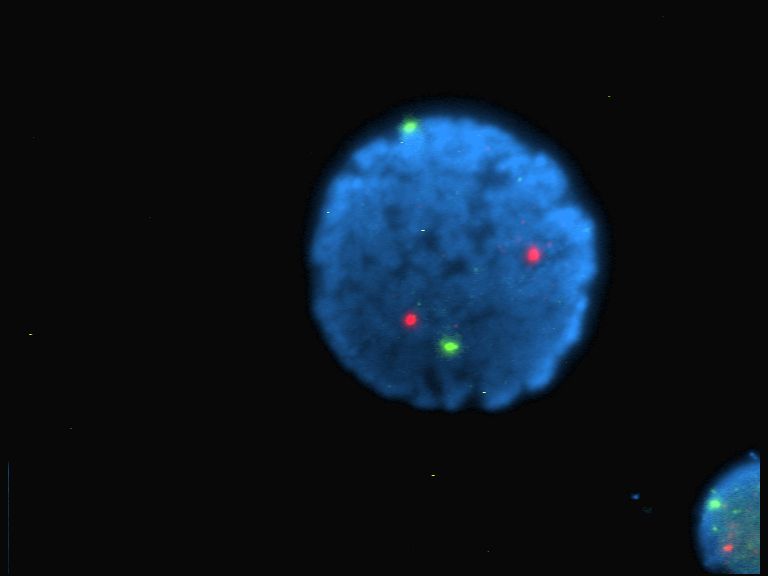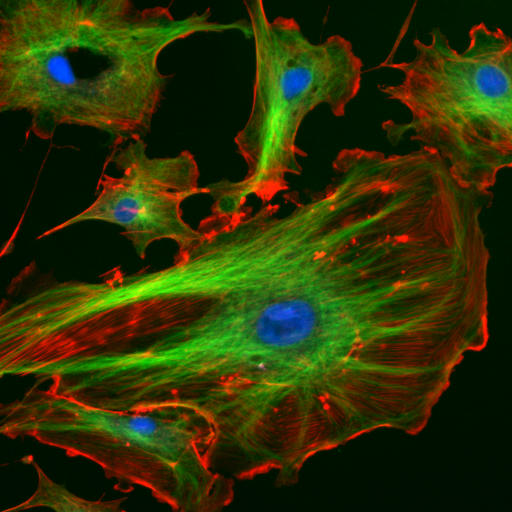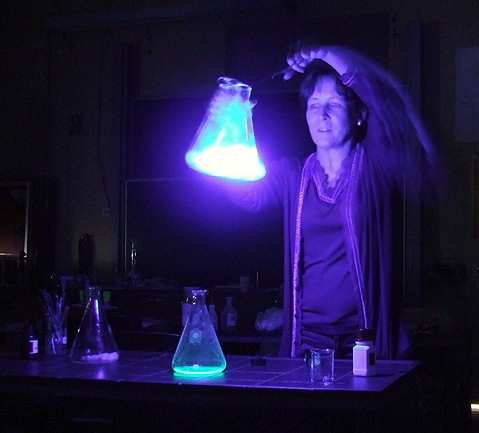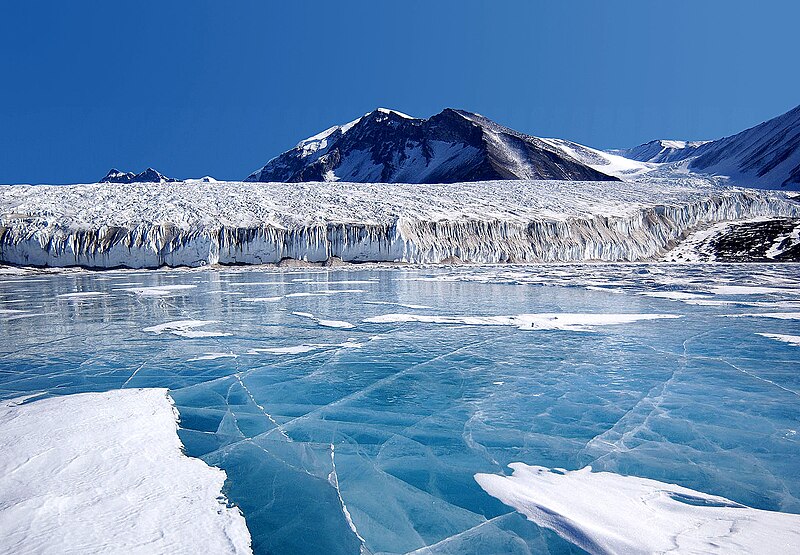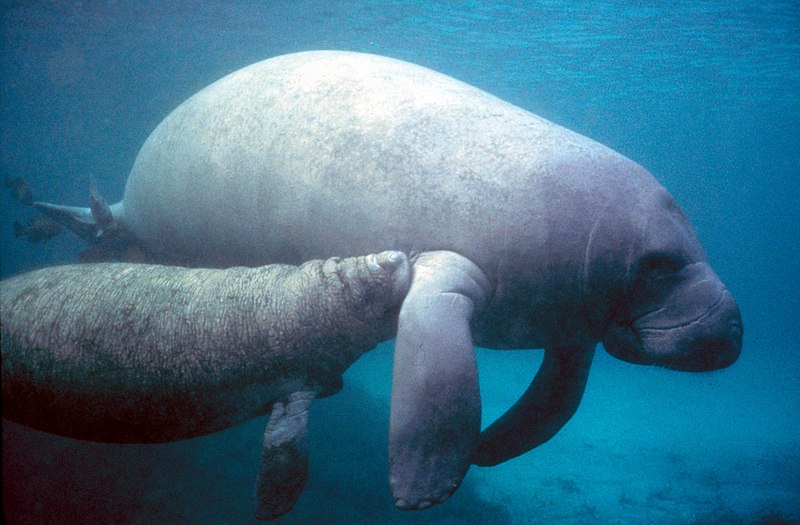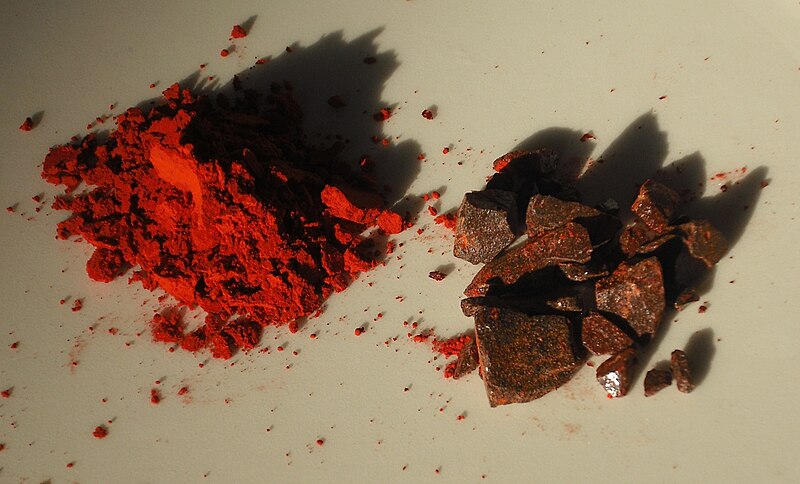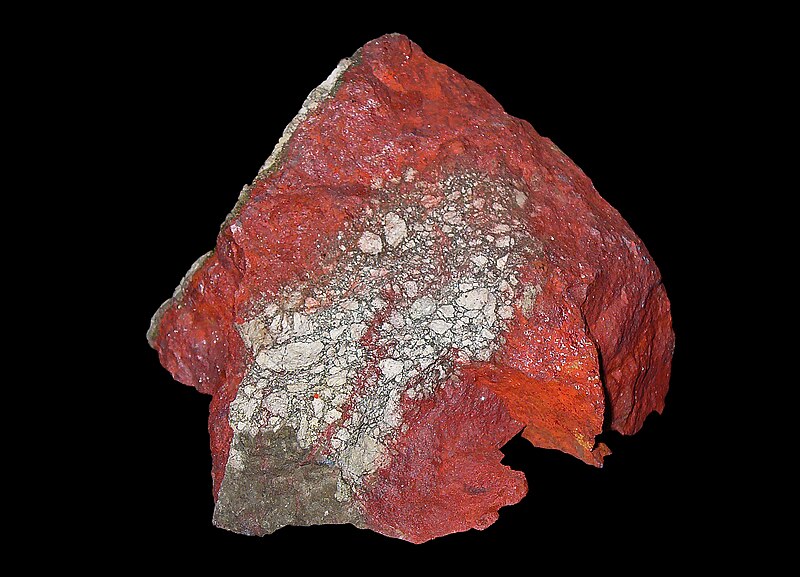Engineers in the US have developed a chemical process that converts algae into crude oil in under an hour in the lab. With the new system, a slurry of wet algae is pumped into a chemical reactor and crude oil is produced in minutes, along with a byproduct stream of material that can be used to grow more algae.
Search This Blog
Thursday, 26 December 2013
Engineers in the US have developed a chemical process that converts algae into crude oil in under an hour in the lab. With the new system, a slurry of wet algae is pumped into a chemical reactor and crude oil is produced in minutes, along with a byproduct stream of material that can be used to grow more algae.
Tuesday, 24 December 2013
The coconut octopus (Amphioctopus marginatus) is found in tropical Pacific waters. It gets its common name because it uses coconuts and shells to hide from predators. These octopuses are sort of oddballs as they have been documented to show bipedal behavior - "walking" away on just two legs along the ocean floor.
Remember those pictures of bizarre, fence-like structures that surfaced six months ago and baffled scientists all over the world? Well, a team went to the Amazon to find out exactly who's been building them, and it turns out it's a tiny spider! But just what species of tiny spider remains a mystery that the team is scrambling to solve.
Introducing the world's newest island, Niijima. In late November, an eruption began in the Pacific Ocean in the Ogasawara Islands, just south of Tokyo, Japan. Over the last few weeks, an island formed at the volcanic site. Named Niijima, this new land mass currently has an area of about four kilometres and it continues to grow.
Scientists have made one of the largest animal discoveries of the century - a new species of tapir. The mammal is new to science but was known by local indigenous tribes, and is one of the biggest animals on the South American continent - despite being the smallest of the living tapir species. Tapirus kabomani or the Kobomani tapir is the first tapir to be discovered since 1865, and is part of the mammal family that includes rhinos and horses.
Saturday, 14 December 2013
Turns out that left-handed people aren’t smarter than right-handed people. After analysing data from the US National Longitudinal Survey of Youth, researchers found that left-handers aren’t smarter, naughtier or more prone to illness than their right-handed counterparts. In fact, they discovered that some left-handers are actually at the lower end of the IQ scale.
Australian scientists have figured out a way to grow skeletal muscle cells from embryonic tissue, which they hope can be used to treat degenerative diseases such a Muscular Dystrophy in the not-too-distant future. The technique could also lead to the development of new drugs that fight against muscle disease.
Friday, 13 December 2013
Thursday, 12 December 2013
Astronomers discover planet that shouldn’t be there
The discovery of a giant planet orbiting its star at 650 times the average Earth-Sun distance baffled researchers. So far, they haven’t been able to explain how such a strange system came to be.
The international team of astronomers was led by a University of Arizona graduate student. This is the most distant planet ever found orbiting around a single, sun-like star. As a sidenote, it is also the first exoplanet discovered at the University of Arizona.
The planet in case (HD 106906) has a mass 11 times bigger than that of Jupiter and is 650 times further from its star than the Earth is from the Sun. No currently known mechanism can explain how or why this is happening.
Medieval Latin dictionary completed after 100 years of work. Last entry is a type of beer
A truly monumental task has finally been finished: the final part of an epic dictionary of medieval Latin is to be published this week, finally closing a project that started over 100 years ago.
The Dictionary of Medieval Latin from British Sources has more than 58,000 entries, and spans over 15 volumes. The 16th and final volume is published by the British Academy on 11 December – this is by far the biggest and most comprehensive study of medieval Latin academy.
Huge freshwater reserves found beneath oceans
Scientists have found huge reserves of freshwater in a totally unexpected area: several kilometers offshore, beneath the oceans. This new discovery has the potential to avert or at least minimize the effects of the almost certain water crisis some areas of the world will be facing in future years.
FIRST ROCK DATING EXPERIMENT PERFORMED ON MARS
The work, led by geochemist Ken Farley of the California Institute of Technology (Caltech) could provide not only valuable information about the Martian geology, but give aid in the search for life on Mars.
With the huge importance of the Curiosity mission, every detail was planned in detail months before the shuttle was launched, but shortly before the rover left Earth in 2011, NASA’s participating scientist program asked researchers from all over the world to submit new ideas for experiments that could be performed with the already installed instruments. Farley was one of the 29 selected participants and he submitted a proposal to conduct a series of techniques fairly similar to those used on Earth do date rocks. His proposal was accepted, and in a paper published this week in the journal Science Express he and his colleagues conducted the first age determinations performed on another planet.
Before this geochronology experiment took place, scientists were using the so-called “crater counting” method, which had estimated the age of Gale Crater and its surroundings to be between 3.6 and 4.1 billion years old. Crater counting relies on a surprisingly simple fact: since Mars is constantly bombarded by meteorites, an area with more craters is going to be older; researchers have developed a way to transpose the number of craters into an estimated age.
With Farley’s method, the Curiosity rover calculated the age of the mudstone at Gale Crater to be about 3.86 to 4.56 billion years old – incredibly close to initial estimates!
Read more at http://www.zmescience.com/science/geology/dating-rocks-mars-12122013/#oOpHqcBEkxGgxOWq.99
Wednesday, 11 December 2013
Subscribe to:
Posts (Atom)

















